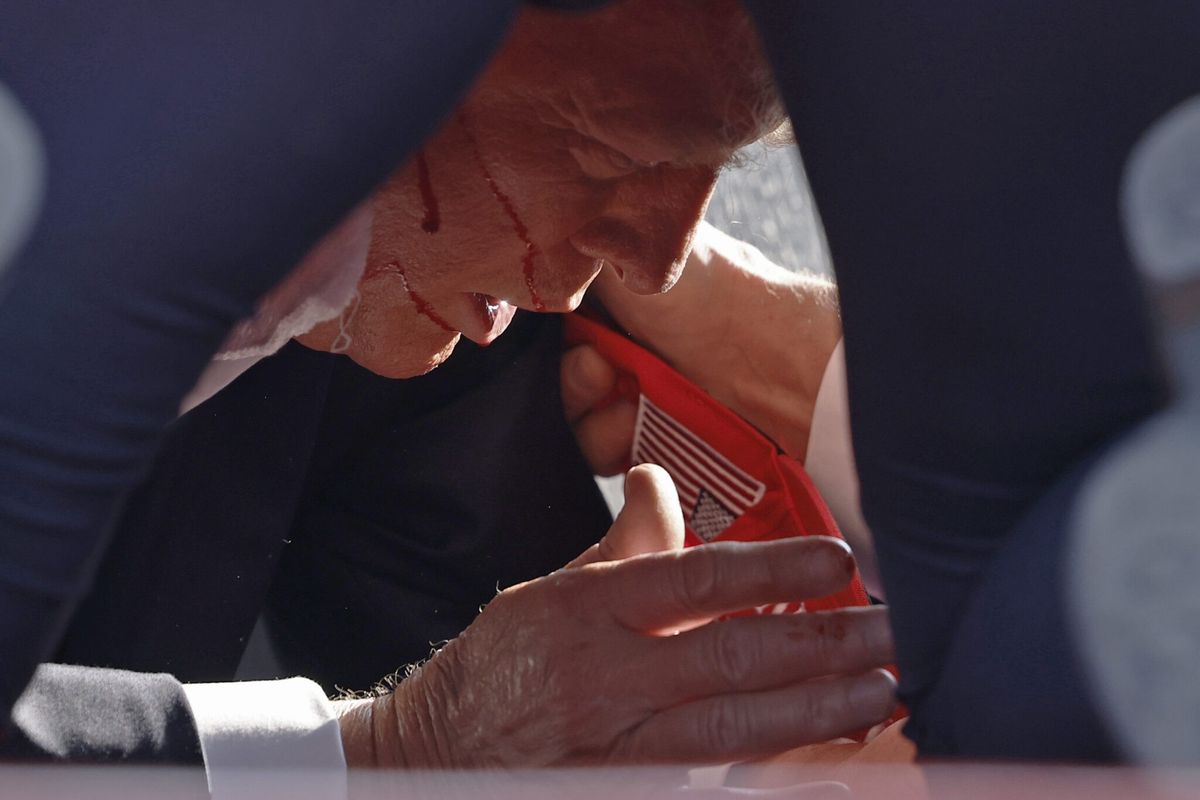The lack of good governance and the spread of terrorism seem to go hand in hand. That is quite apparent in East Africa. Just last month, al Qaeda’s affiliate, al Shabaab, attacked an African Union base in Southwest Somalia, the third forward operating base that al Shabaab has overrun in the last seven months.
Somalia has effectively been without a functioning central government since 1991. The Somalia Council of Islamic Courts was founded in an attempt to fill the gap created by the collapse of the government. Al Shabaab was the militant wing of the group. After Ethiopian and Somali forces defeated the Islamic Courts in 2007, al Shabaab began its violent insurgency. Its initial goal was to rid Somalia of outside interference, but later, it advocated the overthrow of the Western supported Transitional Federal Government with the intent of creating an Islamic nation under Sharia law.
Since then, al Shabaab primarily sought to expose the Somali government’s weaknesses by taking control of, and terrorizing, local populations. Most of al Shabaab’s attacks have been against Somalia and the African Union Mission to Somalia (AMISOM). In recent years, Somali and AMISOM forces—the leaders of the counterinsurgency—have successfully forced al Shabaab fighters to flee huge swaths of territories, and U.S. drones have killed several of the Islamist group’s leaders. But that has not stopped the terrorism.
Now al Shabaab’s ambitions are expanding beyond Somalia’s borders—and beyond East Africa. In 2013, al Shabaab began a more forceful transition into a transnational terrorist organization, increasing recruitment and attacks in Kenya and other parts of East Africa, where it hopes to create a caliphate. Two such notable attacks were the April 2015 raid on the Moi University College Garissa campus in Kenya—where over 148 were killed and 79 more wounded—and the September 2013 Westgate Mall attack in Nairobi, killing 67 in a multiple day siege.
Memories of this latter incident reverberated fears of a large-scale attack on the U.S. homeland when al Shabaab threatened in February 2015 to strike the Mall of America in Minnesota, among other Western soft targets. This was especially troublesome considering the rise in al Shabaab recruitment of Somali-American diaspora. Minneapolis is home to the largest Somali population in the country. Recent al Shabaab videos have continued to threaten U.S. targets and attempted to inspire Western Muslims to attack the U.S.
To increase counterinsurgency efforts, Kenyan President Uhuru Kenyatta called for a review of AMISOM’s mandate on January 30 to change its rules of engagement. He requested more resources for the forces in Somalia so they can gain air and maritime components in a country that has about 1880 miles of coastline. Kenya, whose capital city is home to thousands of Kenyan businesses and over 100 major international organizations, has seen a rise in attacks since its military joined the counterinsurgency in Somalia in 2011. This has drastically harmed Kenya’s tourism industry, seeing a 25 percent reduction in visitors in the first five months of 2015 alone.
Ramping up forces, however, will not completely eliminate terrorist attacks. Kevin Hulbert, who has served multiple overseas tours as CIA Chief of Station and Deputy Chief of Station, believes the quickest way to slow the growth of these al Qaeda affiliates is to “restore law and order to Somalia and to other failed states via good government coupled with law enforcement capabilities, an intelligence apparatus, and a working military that could challenge the terrorists.”
Brownyn Bruton, Deputy Director of the Council’s Africa Center, agrees that the Somalis “remain chronically underserved, politically voiceless, and—most important—unpoliced,” but warns against foreign forces leading the charge for stability in Somalia. “At some point, Somali distaste for AMISOM—or any foreign forces on Somali ground—will start to translate into popular support for al Shabaab or another radical offshoot,” writes Bruton.
As al Shabaab’s reach continues to expand geographically, combatting this al Qaeda affiliate is coming under greater scrutiny by the international community, and may lead to improvements in the counterinsurgency strategy.
Alana Garellek is an International Producer with The Cipher Brief.













